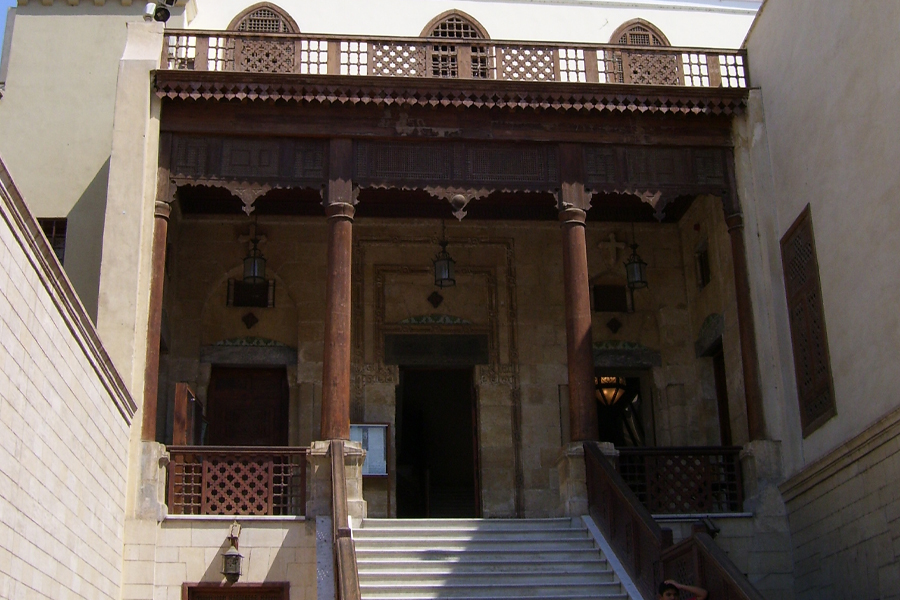Information About Hanging Church:
The Church of the Virgin Mary was built in Cairo in the seventh century. The church was one of the oldest in the city. Most likely, the building you can see here was once a church for legionaries. The Coptic community’s main place of worship is a sacred building that has been renovated and rebuilt several times.
Only a small part of the building’s original shape remains. In the ninth century, when Patriarch Abraham was in charge of the project, the most significant changes were made. As early as the eleventh century, the Coptic Patriarchate of Alexandria lived in the Hanging Church in Cairo. Several synods were also held there.
The most interesting parts of the church are the elaborate bas-reliefs and the pulpit, both of which were added in the thirteenth century. They are still the most important parts of the decorations. Ornate iron gates protect the entrance to the church’s grounds. They also hide the church’s quiet courtyard behind them.
At the bottom of the steps is the door that guests and members of the congregation use to get into the church. When you get to the top of the stairs, you’ll see three elaborate wooden doors with carvings and decorations in the shape of geometric shapes. The oldest part of the temple can be reached through the door on the right side of the building. South of the main fortification is the part that has changed the least and looks the most like it did when it was first built.
How does one get to the Hanging Church?
You might be able to see the Hanging Church if you go to Kom Gorab in Old Cairo, which is in the province of Cairo. Some fascinating facts about Cairo’s “Hanging Church”
Tourists who have been to Cairo, both on spiritual quests and just to see the sights, say that this is the most beautiful church in the city. The religious and historical significance of the area are both very important to the community.
A pulpit made of marble can be found in the sanctuary. There are thirteen pillars that hold it up, and twelve of them show pictures of Christ’s disciples. The walls are covered with many paintings and images from history, and the bas-reliefs have intricate inlays.
The steps that lead up to the pulpit have shells and crosses built into them. Icons in the church were made as far back as the seventh century. The church’s collection, which included some very rare items, was moved to the Coptic Museum, where it will be on display for good.
Since the bas-reliefs that show Christ coming into Jerusalem are from the fifth and sixth centuries, you shouldn’t miss seeing them if you’re ever in Jerusalem. On the eastern side of the church, there are three sanctuaries. Each one has a beautiful altar for one of the three saints: Saint John the Baptist, Saint George, and the Virgin Mary.
The most popular piece of art in the Hanging Church is the iconostasis, which was made in the 12th century. It is made of ebony, and there are inlays of ivory all over it. Crosses and geometric designs were used as decorations.
The most important part of the biggest icon on it is a picture of Christ sitting on a throne. On the right are Saint Mary, Saint Gabriel the Archangel, and Saint Peter. On the left are Saints John the Baptist, Saint Michael the Archangel, and Saint Paul.
Seven small pictures of Saint John the Baptist’s life and actions are on the roof of the Hanging Church. If you look up, you can see these icons. At the Church of the Virgin in Cairo, Egypt, there are relics of a lot of saints and about a hundred icons on the grounds.


0 Comment